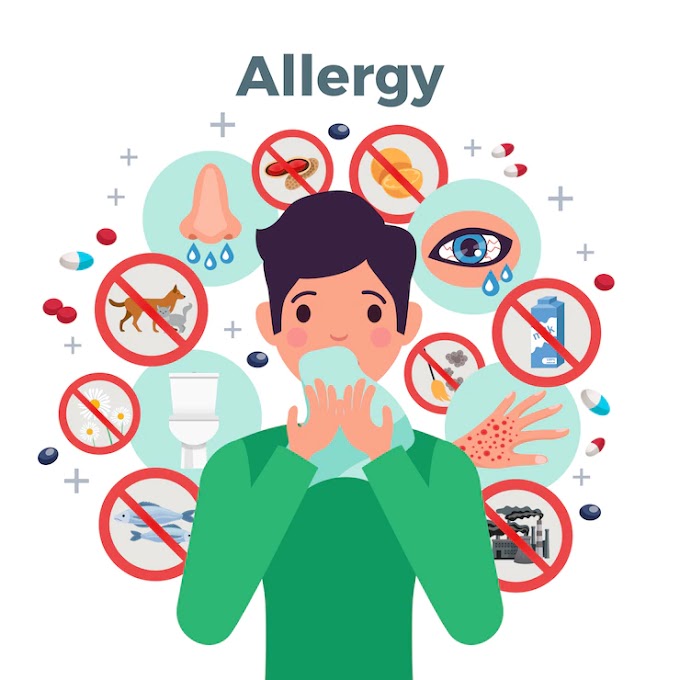Bronchoscopy, a valuable diagnostic and therapeutic tool in pulmonology, plays a pivotal role in evaluating and treating various lung conditions. However, like any medical procedure, bronchoscopy carries inherent risks and potential complications. Dr. Pankaj Gulati, a seasoned Pulmonologist in Jaipur associated with the Breath Clinic, sheds light on bronchoscopy safety, highlighting common risks, complications, and strategies to minimize them for optimal patient outcomes.
Understanding Bronchoscopy Risks: Bronchoscopy involves inserting a flexible or rigid bronchoscope through the mouth or nose and into the airways to visualize the lungs and perform interventions. While bronchoscopy is generally safe, it carries inherent risks such as bleeding, infection, airway injury, and adverse reactions to medications or anesthesia.Common Complications of Bronchoscopy: Dr. Gulati outlines the potential complications associated with bronchoscopy, including:
Bleeding: Bronchoscopy can cause minor bleeding, particularly if biopsies or interventions are performed. Severe bleeding is rare but can occur, especially in patients with pre-existing bleeding disorders or compromised lung tissue.
Infection: Bronchoscopy poses a risk of introducing pathogens into the lungs, potentially leading to pneumonia or other respiratory infections. Proper sterilization of equipment and adherence to infection control protocols are essential to minimize this risk.
Airway Injury: Inserting the bronchoscope into the airways carries a risk of mucosal injury, bronchial perforation, or bronchospasm. Careful technique, appropriate sedation, and close monitoring during the procedure help mitigate the risk of airway injury.
Adverse Reactions: Patients may experience adverse reactions to medications or anesthesia used during bronchoscopy, such as allergic reactions, respiratory depression, or cardiovascular complications. Thorough pre-procedure assessment and monitoring are crucial to identify and manage these reactions promptly.
Minimizing Risks and Complications: Dr. Gulati emphasizes several strategies to enhance bronchoscopy safety and minimize associated risks and complications:
Patient Selection: Careful patient selection based on medical history, comorbidities, and procedural indications helps identify individuals who are most likely to benefit from bronchoscopy while minimizing procedural risks.
Pre-procedure Evaluation: Comprehensive pre-procedure evaluation, including medical history review, physical examination, and laboratory tests, helps identify and mitigate potential risk factors for complications.
Expertise and Training: Performing bronchoscopy by skilled and experienced pulmonologists with specialized training in bronchoscopic techniques reduces the risk of procedural complications and ensures optimal outcomes for patients.
Infection Control Measures: Strict adherence to infection control measures, including proper sterilization of equipment, use of sterile techniques, and prophylactic antibiotics when indicated, helps prevent respiratory infections and minimize the risk of procedure-related complications.
Monitoring and Vigilance: Continuous monitoring of vital signs, oxygen saturation, and patient response during bronchoscopy enables early detection and prompt management of complications, ensuring patient safety throughout the procedure.
Patient Education and Informed Consent: Dr. Gulati underscores the importance of patient education and informed consent in bronchoscopy safety. Providing patients with comprehensive information about the procedure, its risks, benefits, and potential complications empowers them to make informed decisions and actively participate in their care.
In conclusion, while bronchoscopy is an invaluable tool in pulmonary medicine for diagnosing and treating lung conditions, it is essential to recognize and mitigate the associated risks and complications to ensure patient safety and optimize outcomes. Dr. Pankaj Gulati, Pulmonologist in Jaipur at the Breath Clinic, advocates for a multidisciplinary approach that emphasizes expertise, meticulous technique, infection control measures, and patient-centered care to enhance bronchoscopy safety and improve patient well-being.

.png)





0 Comments